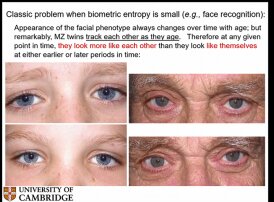



A collaborative research team co-led by Dr. Yi Wang from the Department of Chemistry, Hong Kong Baptist University and Dr. Ga-Lai Law from the Department of Applied Biology and Chemical Technology, Hong Kong Polytechnic University has developed a near-infrared (NIR) persistent luminescence (PL) nanoparticle for the diagnosis and therapy of cerebral and cerebellar gliomas.
Glioma is the most common malignant primary brain tumor, and the accurate diagnosis of glioma has always been a challenge. Moreover, cerebellar glioma, which is difficult to be detected by MRI, is not usually diagnosed until after the appearance of clinical symptoms. The newly developed nanoparticle showed excellent rechargeable NIR PL for more than 30 h in vivo with good tissue penetration for long-term autofluorescence-free imaging. The tumor growth of the glioma mice models was significantly inhibited.
This is the first-time approach using NIR PL nanoprobes for both diagnosis and therapy of glioma. This is also the first-time report of nanotechnology-based diagnosis and therapy of cerebellar gliomas. The findings have been published in the internationally renowned journal Science Advances.



